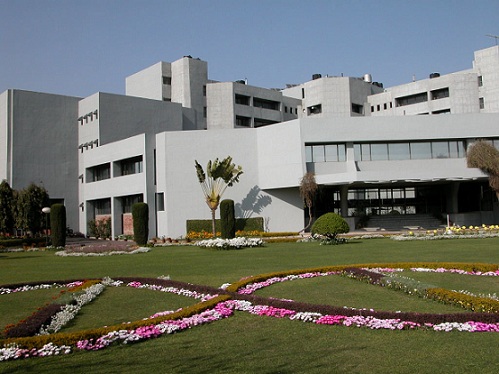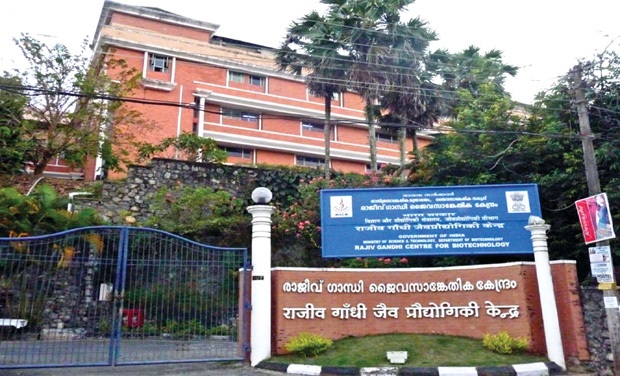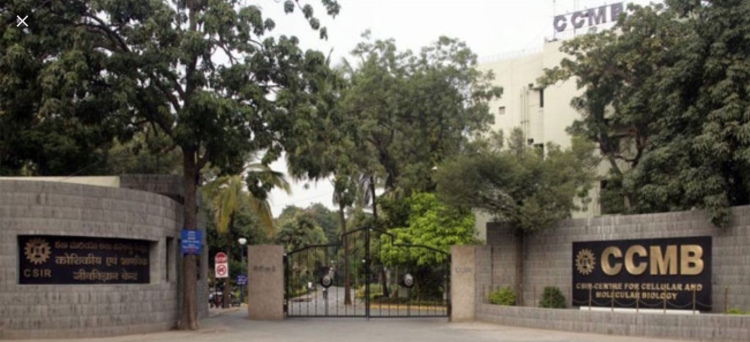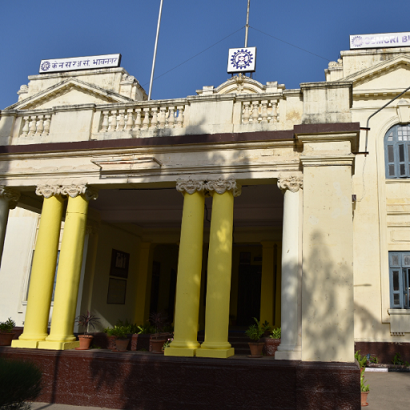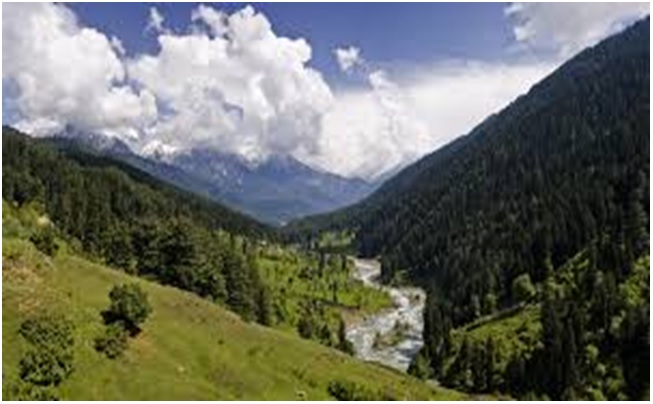
(A representative picture of Kashmir)
The Union Territories of Jammu and Kashmir (J&K) and Ladakh in North India with its wide variety of landscape, is a congruence of several languages and cultural practices. The region is believed to have served as a corridor for ancient human migrations between the Indian subcontinent and North-East Asia, Eurasia and Africa.
The populations in the region offer a unique opportunity to investigate the past anthropological and demographic events which might have shaped the extant human population diversity. In a new study, scientists at the Department of Biotechnology’s Centre for DNA Fingerprinting and Diagnostics (DBT-CDFD) have sought to decipher the genetic diversity encompassed by Gujjars from the Jammu region of J&K and the Ladakhi populations.
Prof. Ashutosh Sharma-Secretary, DST, GOI: VVM has increased its scale as we are looking at it since 2016. We got support from all for VVM. Students are our future, if we wish to have more numbers of technology as startups in future then we have started today from school level.
A previous study had found that the two communities - Gujjars and Ladakhis exhibited lower genetic affinity towards other populations in their geographical proximity. To better understand the genetic diversity in these populations, a battery of DNA markers located on autosomes, Y-chromosome and the mitochondrial genome were employed.
The principal coordinate and cluster analysis based on autosomal DNA markers indicated Gujjars and Ladakhis were genetically distant to each other as well as to other reference populations of India, which was in concordance with Y-chromosomal analysis.
scientists at the Department of Biotechnology’s Centre for DNA Fingerprinting and Diagnostics (DBT-CDFD) have sought to decipher the genetic diversity encompassed by Gujjars from the Jammu region of J&K and the Ladakhi populations.
Biswajeet Saha-Director, Skill Development-CBSE: The New Education Policy implemented recently by the government of India will increase the thought process the innovative mindset needs to be developed at an early age. VIBHA, Vigyan Prasar, CBSE, NCERT, Kendriya Vidyalaya and Jawahar Navoday Vidyalaya along with the intervention of states altogether are at the right track to develop foundations at the school level. Through this kind of examination, students can develop a scientific mindset.
The genetic affinity of Gujjars in Jammu region to Pashtuns in Baghlans and Kunduz provinces of Afghanistan and Pashtuns and Sindhis in Pakistan indicated their past genetic relatedness and a common ancestry. On the other hand, Ladakhis were found to be genetically close to Chinese (Uighurs and Han) and Nepalese (Magar) populations, which might be due to their close geographic proximity.
Y-haplogroup (which represent a group of individuals who have inherited a common set of markers)-based studies suggested that the Gujjars are less diverse as compared to Ladakhis. The presence of many rare haplogroups in Ladakhis portrays rich accumulation of male-mediated contribution in the past.
The mitochondrial DNA analysis supported the findings that the Gujjars are less genetically diverse as compared to Ladhakis, which perhaps may be due to the endogamous cultural practices in this group (where they marry within a specific community or caste or group). The Y-chromosomal and mitochondrial analysis showed higher genetic differentiation among males than females indicating patrilocality among these populations.
The present study is the first comprehensive attempt to determine the genetic relatedness of the Gujjars and Ladakhis to populations within India and elsewhere in the world and would help in gaining deeper insights into genetic diversity and demographic settlement in this part of the world.
The researchers, Mugdha Singh, Anujit Sarkar, Devinder Kumar and Madhusudan R. Nandineni, have published a paper in Scientific Reports titled `The genetic affinities of Gujjar and Ladakhi populations of India’ .
India Science Wire
ISW/SP/DBT/13-08-2020



